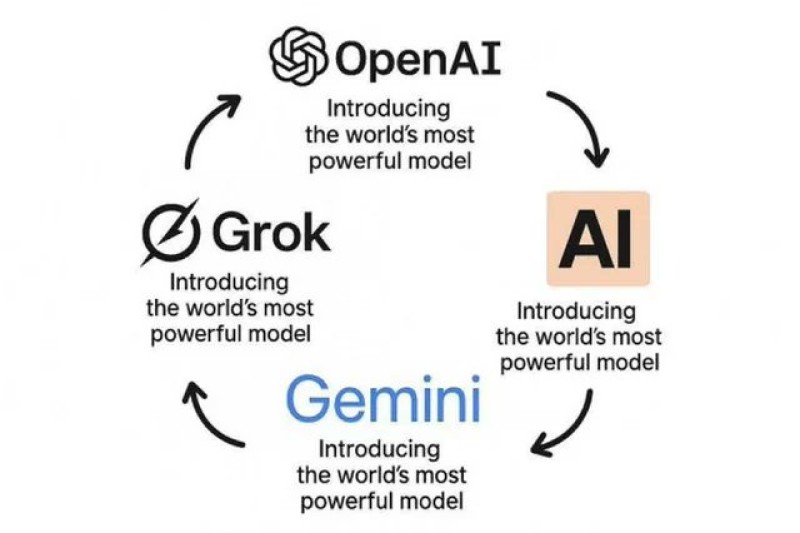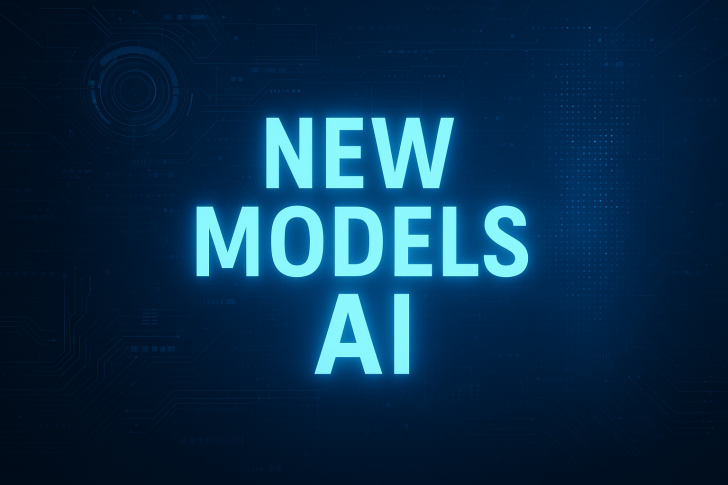The race to dominate artificial intelligence has turned into a continuous cycle of companies declaring they've built "the world's most powerful model." From OpenAI to Google, Anthropic, xAI, and emerging open-source developers, each holds the crown only briefly before the next announcement arrives. A viral chart recently captured this phenomenon, illustrating just how fast-moving and repetitive the competition has become.
The Never-Ending Competition
Trader Haider recently highlighted this accelerating pattern: OpenAI releases a new GPT model, Anthropic responds with an upgraded Claude, Google launches the next Gemini version, xAI advances Grok, and then a Chinese open-source model outperforms them all at a fraction of the cost.

The timeline looks like this: OpenAI launches GPT-5 in August, Anthropic follows with Claude Sonnet 4.5 in September, Google releases Gemini 3, xAI introduces Grok 5, and the following month a Chinese open-source model surpasses all competitors while costing significantly less. Each release gets branded as the most powerful AI available, until the next one arrives.
The viral diagram captures the irony: OpenAI, Google, xAI's Grok, and others are trapped in a perpetual loop, each declaring supremacy with every launch. The reality is that "the world's most powerful model" is a constantly shifting target.
What Fuels This Relentless Cycle
Investor pressure plays a major role, with each company backed by billions in funding and expected to deliver constant breakthroughs. Market competition is fierce as tech giants like Microsoft, Google, and Amazon race to dominate cloud and AI infrastructure. Meanwhile, open-source projects from China and other communities prove that innovation doesn't always require massive budgets.
The Impact on AI Development
This rapid pace creates both opportunities and risks. Users benefit from continuous improvements in reasoning, efficiency, and usability. However, the hype cycle raises concerns about overpromising capabilities and rushing deployments in sensitive areas like healthcare and finance.
The cycle isn't likely to end soon. As long as companies compete for dominance, the AI field will experience relentless iteration. Yet the real breakthrough may come not from size alone, but from efficiency, safety, and alignment with human goals.
For now, each month brings a "new most powerful AI model," but the question remains: how long can this cycle sustain itself, and who will ultimately redefine what "powerful" really means?
 Usman Salis
Usman Salis

 Usman Salis
Usman Salis


